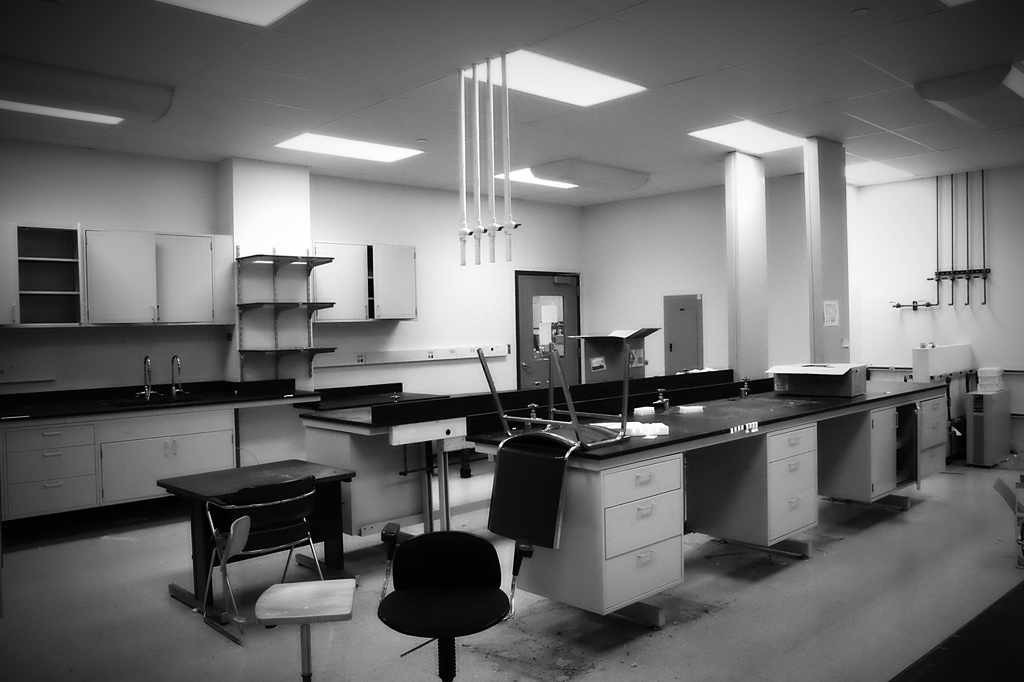Neuroscience in the Time of Coronavirus

COVID-19 has thrown a monkey-wrench into all our lives.
Some of us have shifted our work home. We may be dealing with living spaces that suddenly seem much too small, quandaries about how to keep children engaged, frustratingly slow internet. We are the lucky ones.
Because there are those who find, abruptly, that they have no jobs. They are calculating how they will pay their bills in the face of this disaster.
Then there are the doctors and nurses, food service and housekeeping professionals, police and firefighters, grocery store cashiers, and others whose jobs involve the risk of catching a pretty much untreatable disease. These are brave people.
A different kind of heartbreak affects another, less visible cohort: scientists, especially those in the biological sciences not directly involved in coronavirus-related research, who have been forced to shut down their labs. Those who have dedicated their lives to improve human lives by increasing knowledge are also paying a substantial price.
They have doggedly filled out stacks of funding applications, enlisted cadres of students and postdoctoral scholars, spent months setting up technically complex experiments that may involve raising dozens of genetically modified animal models, and sometimes surgically implanted special cells or devices in those animals.
Now, in mid-course, they must shut down the entire operation and grapple with the fact that they will have to extensively rebuild complicated experiments—and find the new funding to do so.
Ironically, in this moment when we so clearly see the need for science, science that is not directly applicable to COVID is among its many victims.
This situation is most problematic for the youngest researchers, whose fresh ideas and mastery of the latest technologies hold the greatest promise for innovation. After investing a decade or more in specialized training and winning the rare opportunity to advance their ideas at great research universities, they must evacuate the very environments they have laboriously maximized for scientific productivity.
Established faculty may have mountains of data to analyze and papers they can write up while working remotely, but younger investigators are suffering. To jump-start productivity and their new careers, many launch multiple big projects at once. COVID-19 forced them to decide which among their intellectual “children” they can save.

That was where Matt Kaufman, PhD, found himself. A news junkie, he saw the coronavirus crisis coming early. Once he heard whispers of community spread, he realized that “things would get bad in a hurry.”
Kaufman’s work centers on how neurons transform sensory information—like seeing an object being thrown at you—into a decision of how to act (“catch it”), and generation of the precise muscle commands needed for movement (“contract the biceps… now!”).
Activities like catching a ball seem so effortless—until the system malfunctions, as in diseases like Huntington’s or injuries like stroke. So Kaufman’s work has deep clinical relevance, years down the line.
To understand how these processes work, Kaufman and his team use rodents. They train mice to perform complex tasks, then record and manipulate the activity of the neurons, so they can identify how neurons work together to get these jobs done. (They also plan to test how certain drugs—for instance, Ritalin—affect how this information processing works.)
In his relatively new lab, Kaufman and his students had set up multiple experiments running all at once, to aggressively generate the seed data needed to apply for further funding. But as COVID began to bear down on Italy, Kaufman recognized that he didn’t have enough data on any one project to start analysis. He could see the time coming when he and his students might have to leave the lab and no longer be able to care for their many model animals.
So Kaufman aggressively reprioritized. Believing that a global meltdown was coming, he quickly redirected all lab resources to experiments involving the mice with the lengthiest training, so the team could capitalize on the huge investment they had already made in those animals. Working long days, they compressed experiment timelines and developed an entirely new technology to capture as much data as rapidly as possible. He and his team were focused on doing everything they could to safeguard both the research and the health of the animal-care staff who, Kaufman forecasted, would eventually be required to minimize access to the facility.
In the end, Kaufman and other labs had to shrink their mouse colonies by 80%. They all gave up the personal protective equipment stockpiled for handling animals to the University of Chicago Medical Center, so it could be used to care for a human population. Kaufman was able to save his youngest mice and the pregnant ones, in hopes that he and his team can quickly ramp back up once the shutdown ends.
These specialized, transgenic mice, which Kaufman and his lab had bred so assiduously, trained so exhaustively, and implanted with devices, originally came from Jackson Labs in Maine. With any luck, Jackson Labs will be able to supply more genetically identical animals, so Kaufman can return to complete the work. But he worries he will be one of hundreds of scientists, all clamoring for a limited-production resource, just as hospitals are now searching far and wide for basic supplies like N95 masks.
But Kaufman and his students are determined to rebuild. They see a lifetime of important discoveries about the brain they believe can make life better and richer for all. If nothing else, the coronavirus has taught us that science is a very smart investment.
Elise Wachspress is a senior communications strategist for University of Chicago Medicine & Biological Sciences Development.